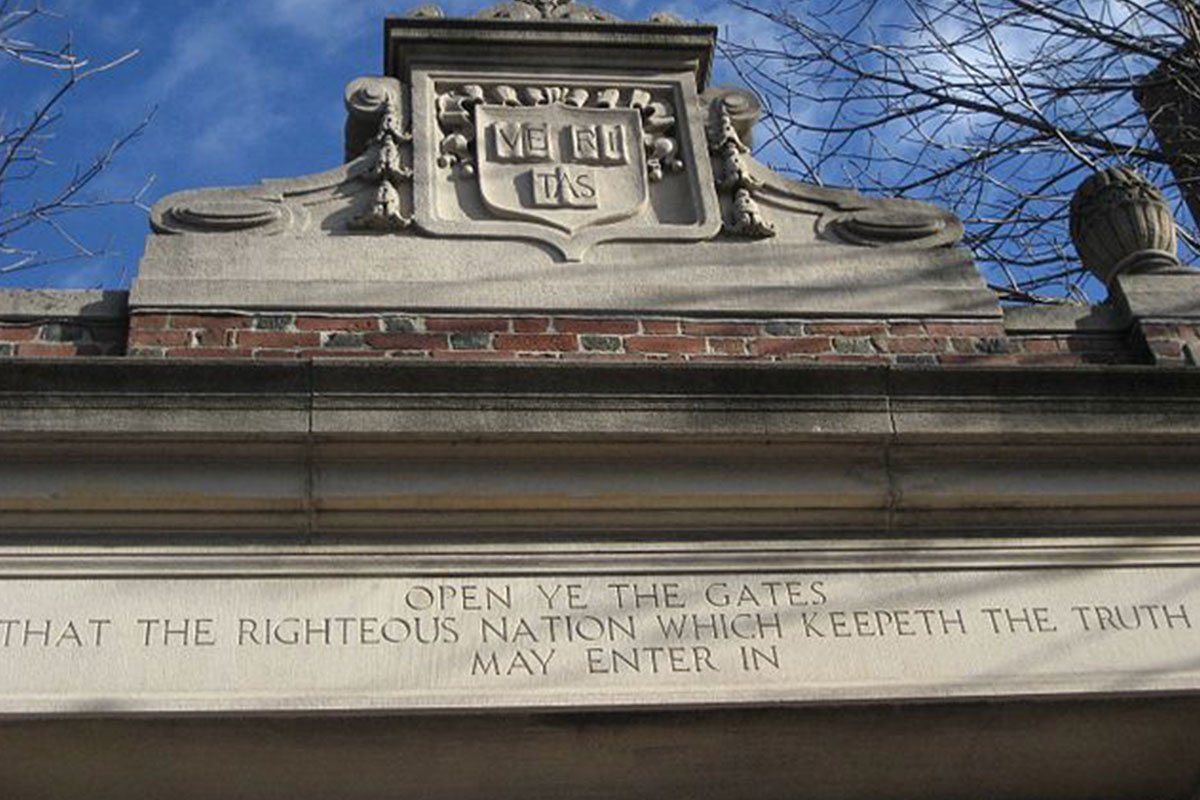
June 10, 2020; New York Times
Readers may recall that back in March, NPQ began to call on foundations to double their grantmaking to allow the damage and social issues laid bare by the pandemic to be addressed. Some did increase their payouts, and some made statements justifying why they would not do so. Still, a group of foundations known for being very responsive remained relatively silent about any increase in their grantmaking.
But now, in a move that may surprise many, the Ford Foundation has announced it will sell $1 billion of taxable bonds this month, essentially borrowing the money to make additional grants. This essentially will double the foundation’s payout over the next two years, in that Ford made $520 million in grants in 2019.
“For most foundations, the idea of taking on debt is outside of normative thinking,” wrote Ford Foundation president Darren Walker in a letter to the board last month. “COVID-19 has created unprecedented challenges that require foundations to consider ideas—even radical ones that would have never been considered in the past.”
Most of the time, when a foundation sells bonds, it is to finance a building. We can’t remember an instance where they were used to fund more nonprofits in a moment of crisis or opportunity.
Walker says he came up with the unusual idea while listening to a broadcast of a speech by Federal Reserve chair Jerome H. Powell, where Powell revealed that he would be cutting interest rates.
“It occurred to me that the cost of borrowing for highly rated institutions would have to be very low,” said Walker—lower, in fact than the foundation’s endowment investments were likely to bring in—so it seemed the right and fiscally prudent thing to do to go out on a limb, taking on debt for their grantees.
But the Ford Foundation rarely makes a big move these days that does not act as a model. Urging that other large foundations, particularly those funding social justice groups, also consider the strategy was second nature to Walker. Soon, Ford was joined in their borrowing initiative by four other national foundations: the John D. and Catherine T. MacArthur Foundation, the W.K. Kellogg Foundation, the Andrew W. Mellon Foundation, and the Doris Duke Charitable Foundation.
The New York Times writes:
The decision by the five influential foundations—major sponsors of social justice organizations, museums and the arts and environmental causes—could shatter the charitable world’s deeply entrenched tradition of fiscal restraint during periods of economic hardship. That conservatism has provoked anger that foundations, which benefit from generous federal tax breaks, are hoarding billions of dollars during a national emergency, more interested in safeguarding their endowments than in helping those in need.
Sign up for our free newsletters
Subscribe to NPQ's newsletters to have our top stories delivered directly to your inbox.
By signing up, you agree to our privacy policy and terms of use, and to receive messages from NPQ and our partners.
“This is unprecedented for us, but these are unprecedented times,” said John Palfrey, president of the MacArthur Foundation, which will borrow $125 million to start. This morning, the Chicago-based foundation issued a simple but powerful statement about its action:
MacArthur joins forces with four foundations committing more than $1.7 billion to nonprofit sector facing devastating effects of the global pandemic and the epidemic of social injustice. The Foundation will focus on reinventing systems and structures to ensure communities are more just, equitable, and resilient.
Walker revealed that he had approached ten foundations, but six indicated no interest. This is more in the tradition of large philanthropic institutions. which are often perceived to operate it a different universe than their grantees.
Among the foundations mentioned by this article as declining to spend more in this moment are the Carnegie Corporation and the William and Flora Hewlett Foundation, whose president wrote back in March that doing so “would require selling devalued assets from an already diminished endowment, thus locking in losses permanently, to the certain detriment of future grantees and the communities they will serve.” The article cites some indication that that position may be reconsidered.
Some, including the Patriotic Millionaires and the Institute for Policy Studies, have been pushing for Congress to mandate a temporary increase in the 5-percent minimum required payout rate in response to COVID. Indeed, there may be some appetite for that, in light of its attitudes about what it considers to be excessive nonprofit endowments, and some philanthropists share the sentiment.
“I’ve been appalled for years how many foundations treat the 5 percent federal floor as a ceiling and refuse to spend a penny more than they are required to,” says Scott Wallace of the Wallace Global Fund. “If in our hour of greatest need, America’s greatest crisis in generations, philanthropies are planning to spend less, then they need a big kick in the butt. Only Congress can deliver that kick.”
The Wallace Global Fund has said it will grant a full 20 percent of their assets this year.
At Ford, as the project developed, it had the secret working title “Project Wanda,” after a portrait of Wanda Crichlow hanging in the foundation’s lobby. Walker says he approached other foundation presidents with the argument that a 5-percent payout was “indefensible” in these times. His reception at the MacArthur Foundation in Chicago was enthusiastic, since the foundation was already considering a similar strategy aimed at increasing grantmaking, but Palfrey described Ford’s plan as “wind in our sails.”
The Doris Duke Charitable Foundation will issue $100 million worth of 30-year bonds which will be distributed through 2022, and the Andrew W. Mellon Foundation will increase its giving from $300 million this year to $500 million. The W.K. Kellogg Foundation, which usually distributes about $300 million a year, will increase its payout by 50 percent in each of the next two years.
The next installments of this story will involve what these foundations choose to spend the expanded pool of money on. We will keep you posted as additional information becomes available.—Ruth McCambridge











